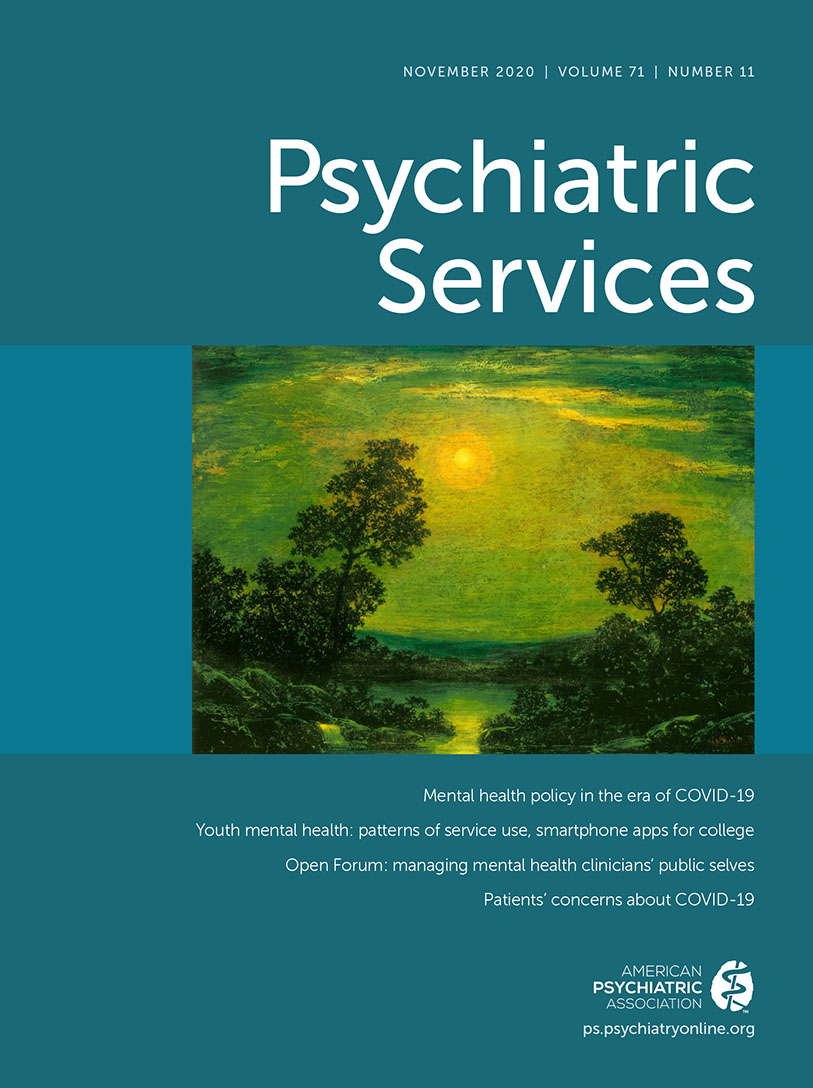Patterns of Youth Mental Health Service Use and Discontinuation: Population Data From Australia’s Headspace Model of Care
Abstract
Objective:
Young people (ages 12–25) experience the highest risk of developing mental disorders; however, their uptake of and engagement with treatment is low. The study explored sociodemographic predictors of attendance and discontinuation of mental health services in a large, population-based sample.
Methods:
Data were from the minimum data set collected from young people (ages 12–25) who attended headspace, Australia’s National Youth Mental Health Foundation, from 2013 to 2017 (N=80,502). Data on key demographic and clinical variables and practitioner ratings of need for ongoing care were analyzed. Cox regression was used to examine the association between sociodemographic factors and rates of discontinuation based on practitioner-rated need for ongoing treatment.
Results:
The mean±SD number of sessions attended during the first episode of care was 4.6±4.4 sessions (median=3). Session-by-session discontinuation rates ranged from 14% to 19% across 10 sessions. The proportion discontinuing treatment before session 11 was 71.2%. Analysis of a subgroup (N=40,039) showed that 24% of those who discontinued treatment later returned to the same headspace center for a second episode of care. Those who were most at risk of discontinuation were older (ages 18–25), male, heterosexual, Aboriginal or Torres Strait Islander, and living in a rural location.
Conclusions:
Sociodemographic factors were found to be associated with treatment discontinuation, and some young people followed a pathway in and out of mental health treatment. Further exploration is needed to determine the appropriate length and type of care for specific sociodemographic groups and how best to tailor treatment accordingly.



